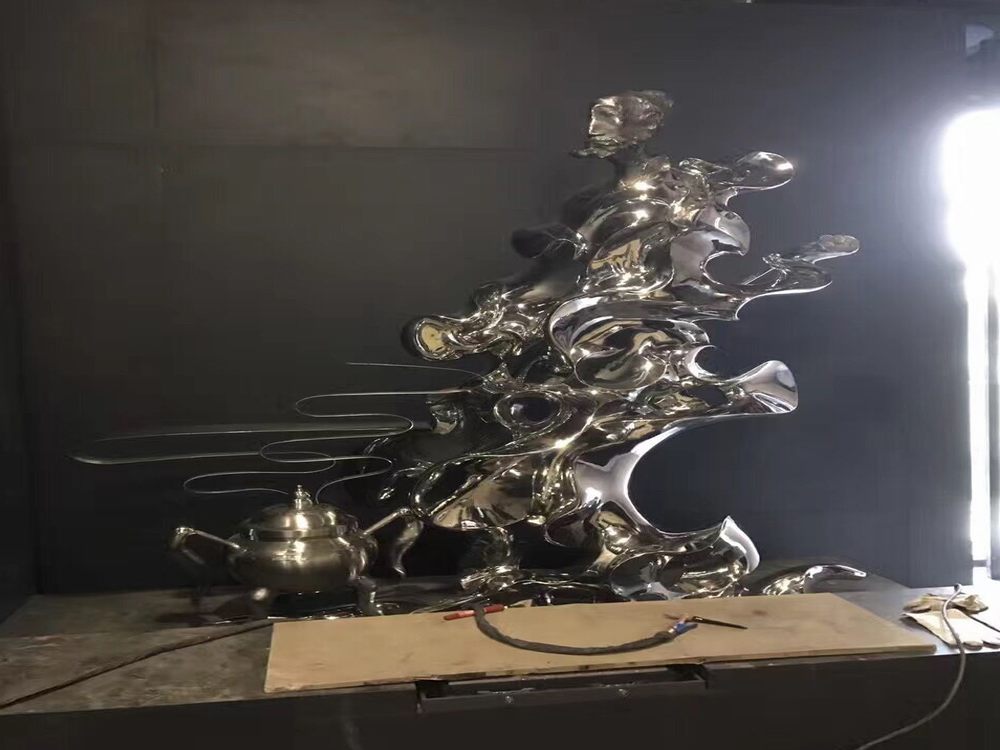
Porcelain sculptures from rural artisans and urban studios showcase distinct characteristics rooted in their environments, techniques, and cultural influences. Rural artisans often rely on time-honored, handcrafted methods passed down through generations, resulting in pieces imbued with regional folklore and organic imperfections that reflect their connection to nature. These works frequently feature earthy glazes and motifs inspired by local traditions, making each piece uniquely personal.
In contrast, urban studio porcelain sculptures tend to embrace modern design principles, precision tools, and standardized production processes. These pieces often exhibit sleek, contemporary aesthetics with uniform finishes, catering to global art markets. Urban studios also experiment with innovative materials and techniques, blending traditional craftsmanship with avant-garde concepts.
While rural creations celebrate heritage and spontaneity, urban works prioritize refinement and scalability. Both, however, contribute richly to the cultural tapestry of porcelain art.

